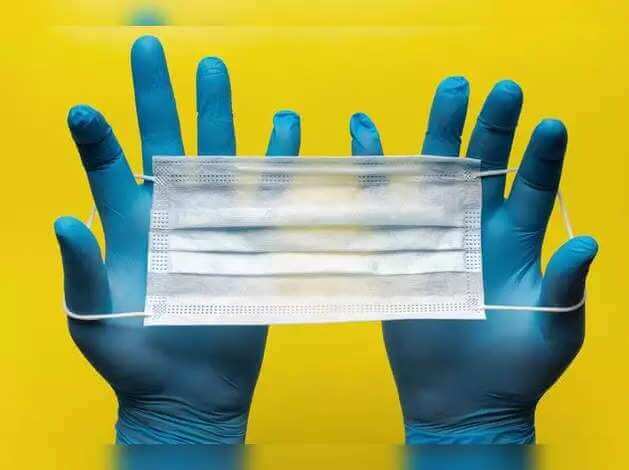In addition to colds and the flu, sexually transmitted infections (STIs) are some of the most widely transmitted infections in the United States and the rest of the world. STIs affect both men and women, and nearly half of all STIs occur in people under the age of 25. Exposure to an STI can occur anytime you have sexual contact with someone that involves the genitals., the mouth (oral) or the rectum (anal). Exposure is more likely if you have more than one sexual partner or don’t use condoms.
Some STIs can be spread through non-sexual contact, such as sharing needles, during childbirth, or while breastfeeding. Sexually transmitted infections are also called sexually transmitted diseases (STDs).
STIs are a public health concern globally, because there are more opportunities for STIs to spread due to more people traveling and engaging in sexual activities. Some STIs have been linked to an increased risk of certain types of cancers and human immunodeficiency virus (HIV) infection . Pregnant women can pass STIs to their babies. Many people may not have symptoms of an STI, but they can still pass the infection on. The tests for STIs can help find problems early to start treatment, if necessary. It is important to have safer sex with all partners, especially if you or they havehigh-risk sexual behaviors . See the Prevention section of this topic.
Contents
If you think you may have symptoms of an STI:
Do not have sexual contact or activity while you are waiting for your appointment. This will prevent the infection from spreading.
Women should not douche. Vaginal washing changes the normal balance of bacteria in the vagina. Vaginal washing can cause the infection to enter the uterus or fallopian tubes and cause pelvic inflammatory disease (PID) .
Common sexually transmitted infections
There are at least 20 different sexually transmitted infections. They can be caused by viruses, bacteria, and protozoa. Some of the most common STIs in the US are:
Chlamydia .
Genital herpes .
Genital warts or human papillomavirus (HPV) . Certain high-risk types of HPV can cause cervical cancer in women.
Gonorrhea .
Hepatitis B .
Syphilis .
Trichomoniasis .
Human immunodeficiency virus (HIV), which causes AIDS. Having other STIs, such as genital herpes, can increase your risk of getting HIV.
Other infections that can be transmitted sexually. These include hepatitis A , cytomegalovirus , molluscum contagiosum , Mycoplasma genitalium , hepatitis C, and possibly bacterial vaginitis .
Scabies and pubic lice , both of which can be transmitted through sexual contact.
The STI bacteria can be treated and cured, but the STI caused by viruses usually can not be cured. You can get a bacterial STI over and over again, even if it is one that has been treated and cured in the past.

Teens and Young Adults Who Have Sex?
It is important to seek treatment if you think you may have an STI or have been exposed to an STI. Most health departments, family planning clinics, and STI clinics provide confidential services for the diagnosis and treatment of STIs. Early treatment can cure a bacterial STI and prevent complications.
If you are the parent of an adolescent, there are many resources available, such as your healthcare professional or family planning clinics, that can help you talk with your adolescent about having safer sex, preventing STIs, and being evaluated and received treatment for STIs.
Specific risks for women with sexually transmitted infections
In women, STIs can cause a serious infection of the uterus and fallopian tubes ( reproductive organs ) called pelvic inflammatory disease (PID) . Pelvic inflammatory disease can cause scar tissue to form that blocks the fallopian tubes, which can cause infertility , ectopic pregnancy , pelvic abscess , or chronic pelvic pain .
STIs in pregnant women can cause problems such as:
Spontaneous abortion .
Low birth weight
Premature delivery
Infections in the newborn baby, such as pneumonia , eye infections, or nervous system problems.
Specific risks for men with sexually transmitted infections
Infection and inflammation of the epididymis , urethra , anus, and prostate
Any child or vulnerable adult with symptoms of an STI should be evaluated by a healthcare professional to determine the cause and assess possible sexual abuse.
If you have symptoms of an STI or have been exposed to an STI through either oral, anal, or vaginal sexual activity, review your symptoms to decide if and when you should see a doctor.









